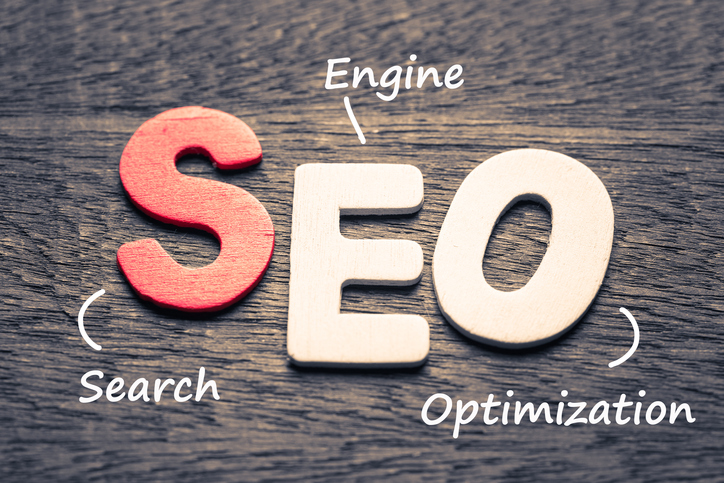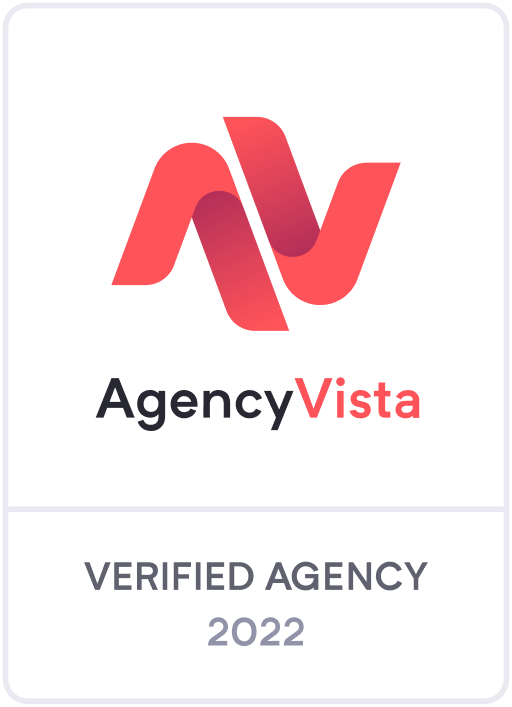In the past, content optimization was all about focusing on singular keywords and writing optimized web content for search engines.
Today, it’s all about semantic search – what the searcher is typing into the search engine, the searcher’s intent, and typically longer tail keywords. The idea here is that Google focuses more on the intent and the contextual meaning of terms; your content needs to provide real value to your audience, and offer solutions to what they’re searching to have answered.
In other words, you want your content to attract the audience that you want, and for it to be relevant and engaging to them as readers. The benefit of content optimization and testing isn’t just about each adjustment that you make, but the collective effect of how critically your digital marketing team is thinking and how willing they are to consistently self-evaluate over time.
At Xcite we know that content is unique to you and directly affects your business. It is for this reason that for us your content is always front and center when it comes to performing well in search engines. Not only do we understand what E-A-T means, we make sure that your content always fulfills this criteria of being expertly written, authoritative and trustworthy. We also know the importance of continuously optimizing your content so that you’re matching the expectations of your audience.
You’re welcome to ask us more about improving your content, in the meantime here are some content optimization tips for you to keep in mind:
- Examine all supporting terms, synonyms and modifiers when you are doing your keyword research.
- Use these terms throughout your SEO strategies, like in your titles, content, H tags, descriptions, ALT tags, etc.
- In offsite efforts, keep all of these in mind as well when you are contributing content to other sites, in social and even in your PPC ads.
Also, by focusing on content experiences alone, we can hone in on three key areas for testing and optimization:
- User Entry Point – What attracted your visitor to click on your content? The goal here is to improve site traffic metrics.
- User Experience – What about your content keeps your users engaged and reading? The goal here is to improve your content engagement metrics.
- User Actions – What is it that your content encourages your users to do next? You want to think of this in terms of the actions they are taking and not just conversions. It’s so common to miss out on a lot of positive user behaviors simply because a user didn’t immediately convert. The goal here is to understand what users are likely to do after engaging with your content. Do they go on to read more? Do they move further down the funnel towards becoming your client? Or do they simply leave your site?


 8055 E. Tufts Ave. Suite 240
8055 E. Tufts Ave. Suite 240




